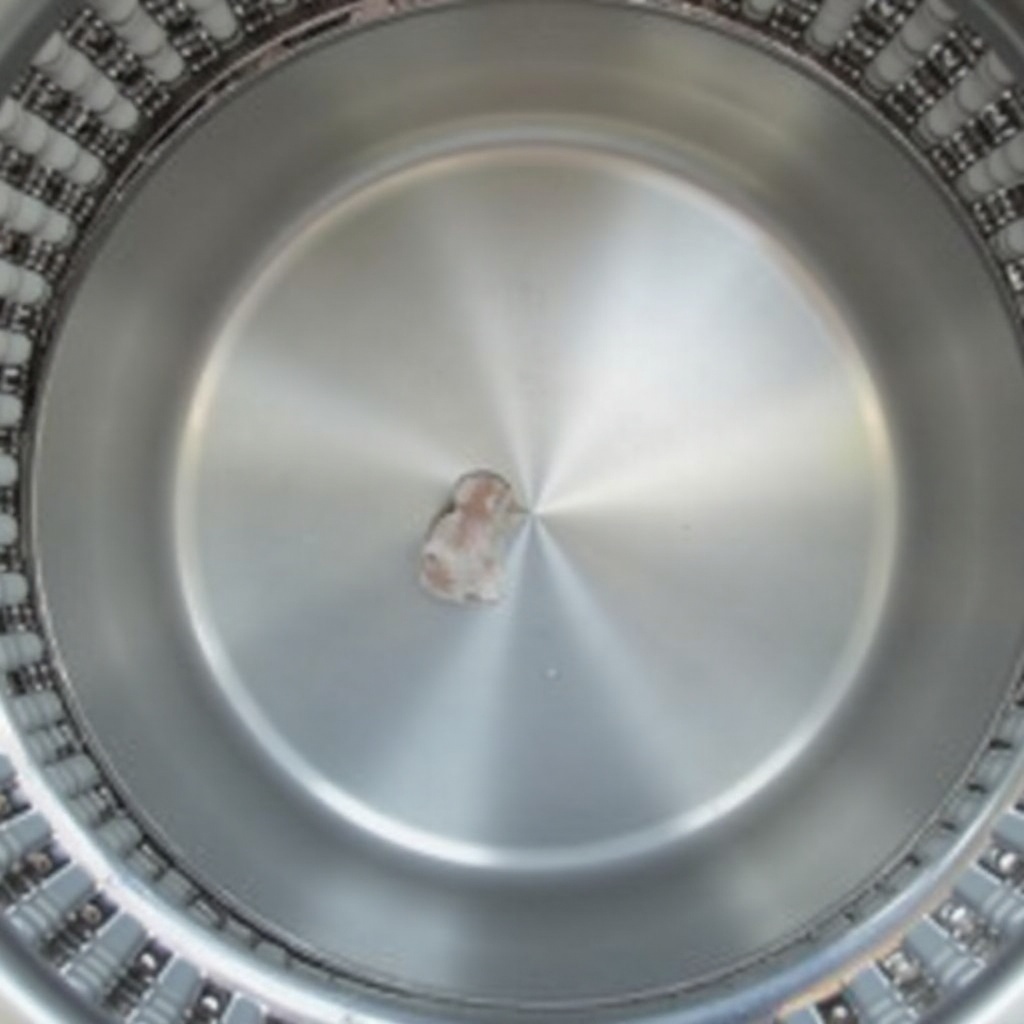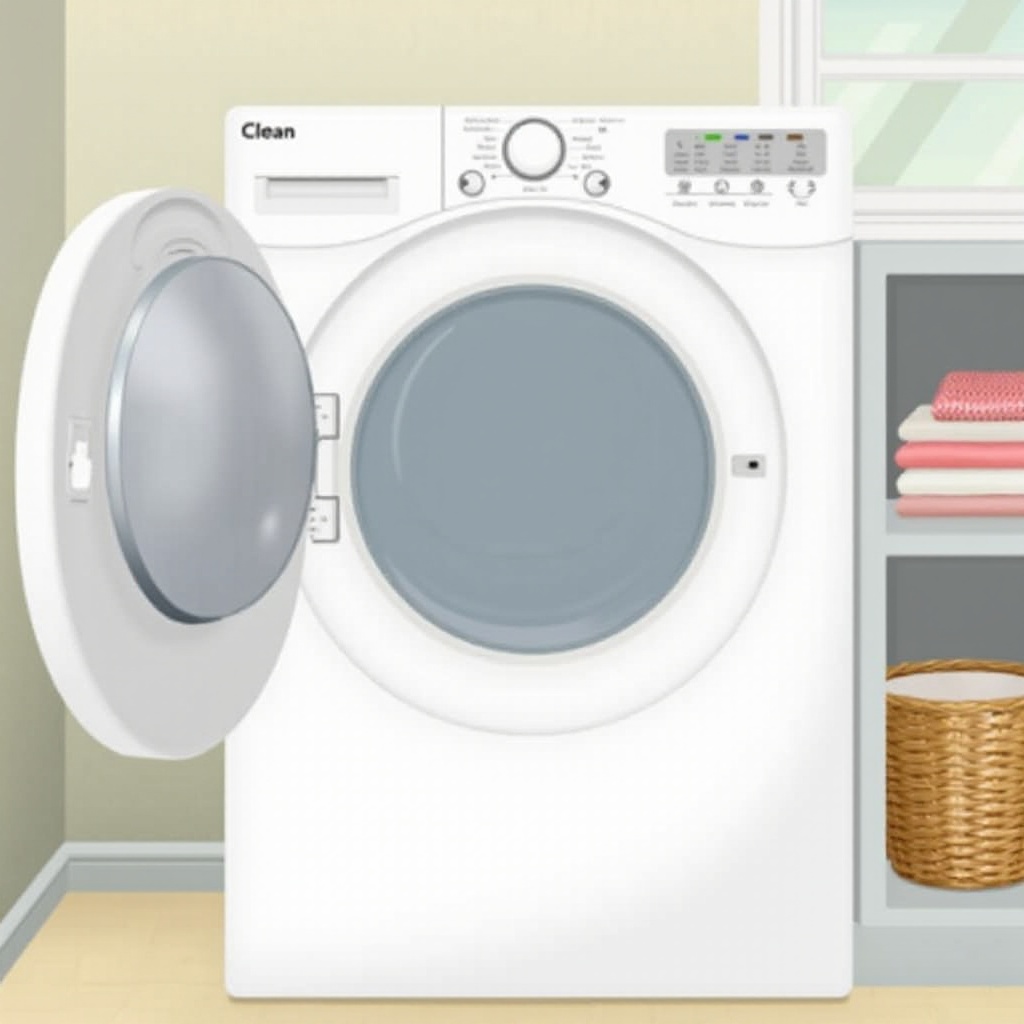Introduction
Finding gum stuck in your dryer can be frustrating. Not only does it create a sticky mess, but it can also damage your clothes and the dryer's drum. Knowing how to remove gum effectively and safely can save you from these inconveniences. Let's dive into practical methods and preventive measures to keep your dryer gum-free.

Identifying the Problem
When you discover gum in your dryer, it's important to act quickly. Identify the problem by inspecting the dryer drum and looking for sticky spots. Gum can stick to both the dryer's interior and your clothing, leaving behind residue that worsens over time.
Safety First
Before you start removing the gum, ensure the dryer is turned off and unplugged. This step is crucial for your safety. Also, make sure the area is well-ventilated if you're using any strong-smelling substances like WD-40. Safety must always be the priority when dealing with electrical appliances and chemicals.
Effective Methods to Remove Gum
Removing gum from your dryer can be achieved with various effective methods. Choose the one that best suits your situation:
Freezing the Gum
Freezing the gum is one of the safest methods:1. Place ice cubes or a freezer pack directly on the gum to harden it.2. Once the gum is frozen, gently scrape it off using a plastic scraper or an old credit card.3. Wipe the area clean with a damp cloth to remove any residue.
Using Household Products
Household items can also come in handy:1. Vinegar and Baking Soda: Mix equal parts vinegar and baking soda to form a paste. Apply the paste to the gum, let it sit for a few minutes, and then scrape off the gum.2. Peanut Butter: Spread a small amount of peanut butter on the gum, wait for a few minutes, and then scrape off the softened gum. Clean the area with soap and water.
WD-40 Method
WD-40 is effective for dissolving gum but needs careful handling:1. Spray a small amount of WD-40 directly onto the gum.2. Let it sit for a few minutes to break down the gum's structure.3. Gently scrape off the gum and clean the area with a soapy cloth to remove any oily residue from WD-40.
Commercial Cleaning Solutions
For stubborn gum, commercial products might be necessary:1. Choose a gum remover product that is safe for appliances.2. Follow the instructions on the product label carefully.3. Apply the product to the gum, wait for the recommended time, and then scrape off the gum.4. Rinse the area thoroughly to remove any cleaning product residue.
Post-Removal Care
After successfully removing the gum, inspect the dryer to ensure all residue is gone:1. Wipe the interior of the dryer with a damp cloth.2. Run an empty drying cycle for a few minutes to ensure the drum is completely clean.
Proper post-removal care will keep your dryer in top condition, ready for your next load of laundry.

Prevention Tips
Prevention is key to avoiding future gum incidents:1. Always check pockets for gum before putting clothes in the dryer.2. Establish a routine of inspecting clothing after washing.3. Consider using dryer sheets or protective covers for added protection.
These preventive measures can save you from the headache of dealing with a sticky situation in the future.

Conclusion
Removing gum from your dryer doesn't have to be a daunting task. With the right methods and precautions, you can keep your dryer clean and functional. Remember to always act quickly and safely when dealing with gum and adopt preventive measures to avoid future occurrences.
Frequently Asked Questions
Can I use heat to remove gum from my dryer?
Using heat, such as a hair dryer or heat gun, can sometimes soften gum and make it easier to remove. However, it's important to be cautious with heat to avoid damaging the dryer's drum or surrounding areas.
Is it safe to use WD-40 inside a dryer?
WD-40 can be used to remove gum from your dryer, but you need to ensure proper ventilation and thoroughly clean off any residue to avoid any fire hazards during subsequent dryer use.
What should I do if gum residue remains after cleaning?
If gum residue persists, try repeating the removal process with your selected method. For particularly stubborn spots, using a combination of methods (such as freezing followed by a commercial cleaner) may be necessary.
